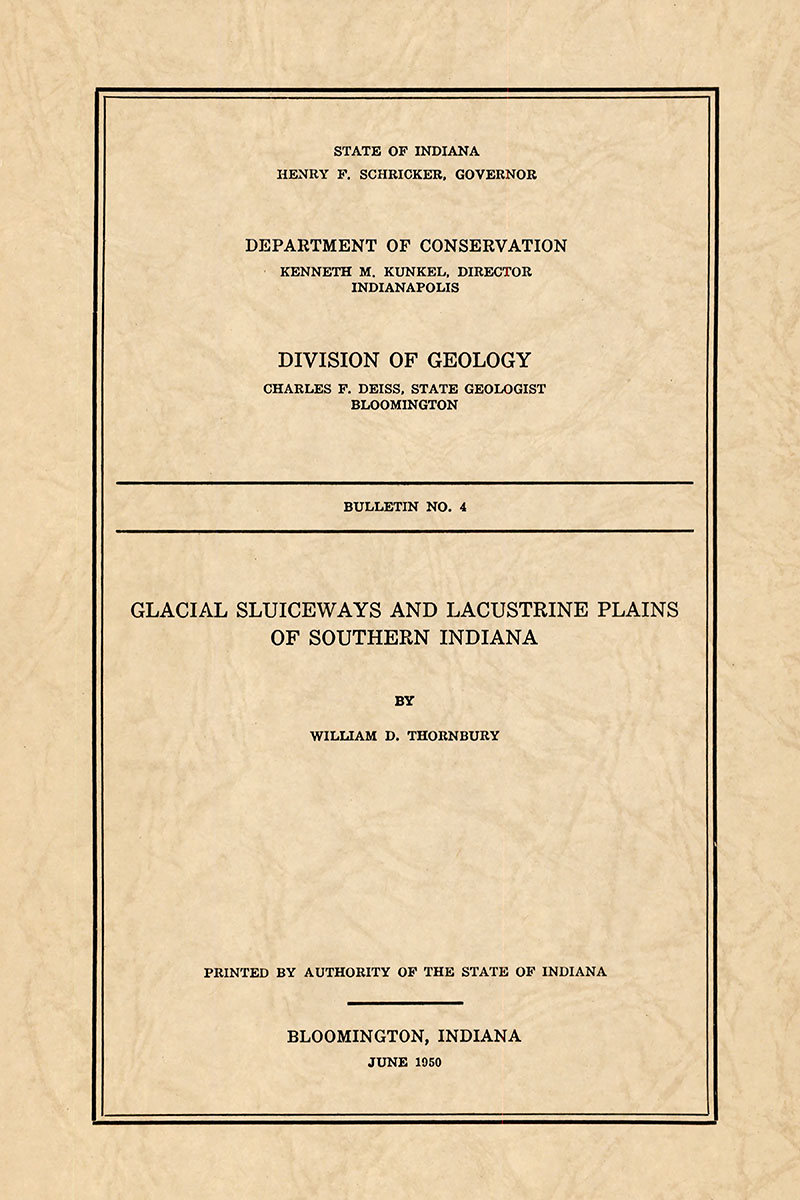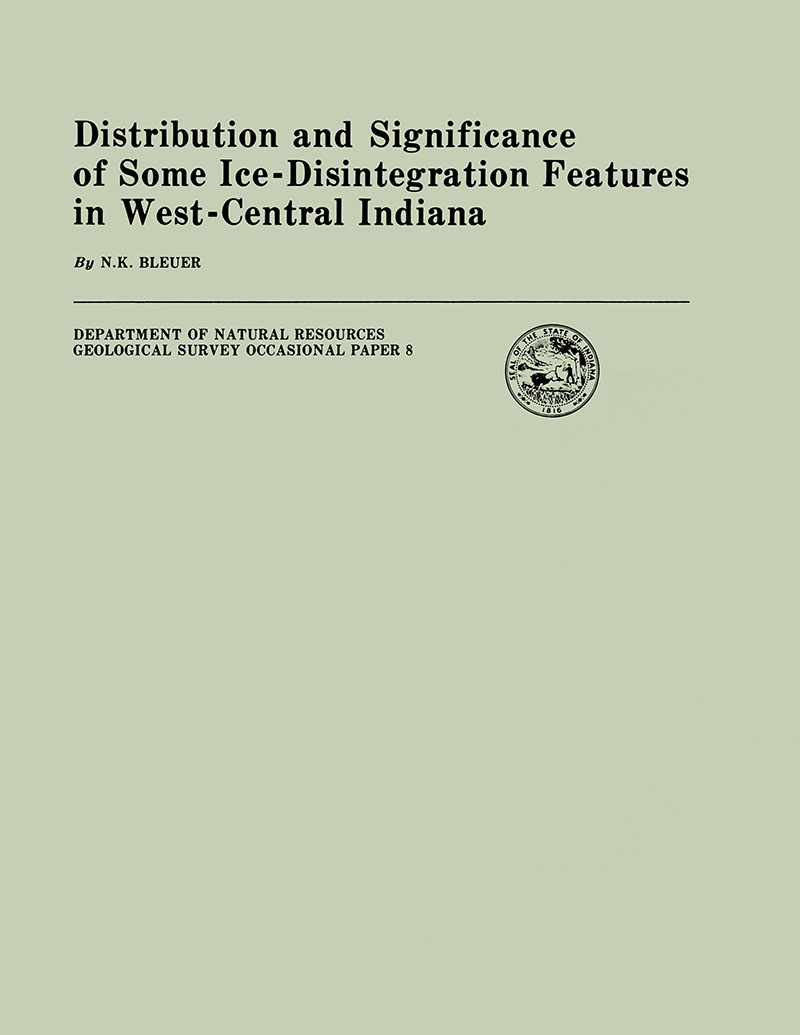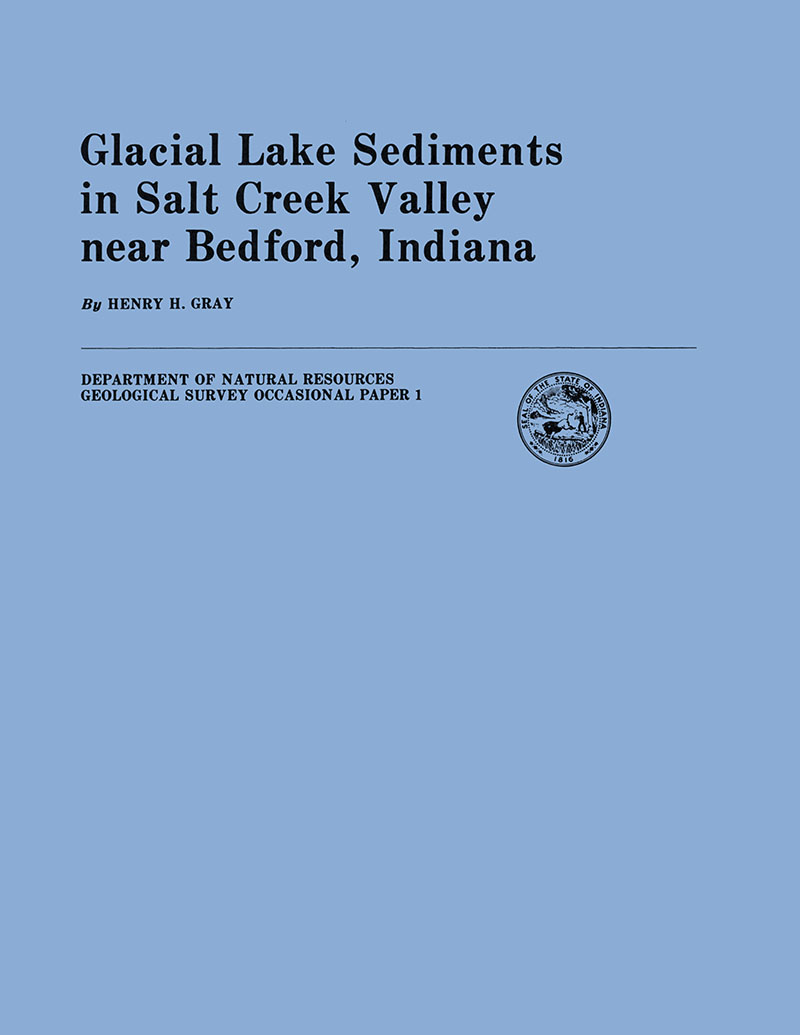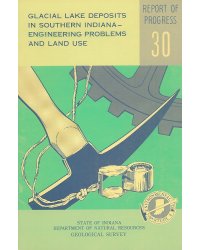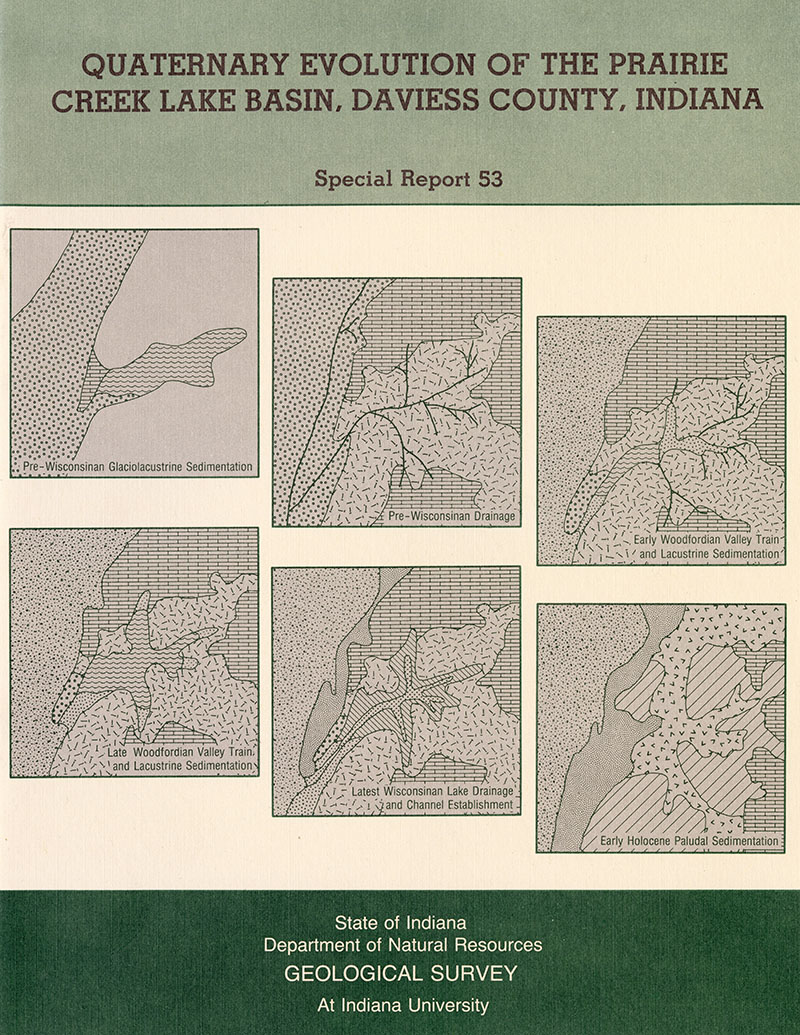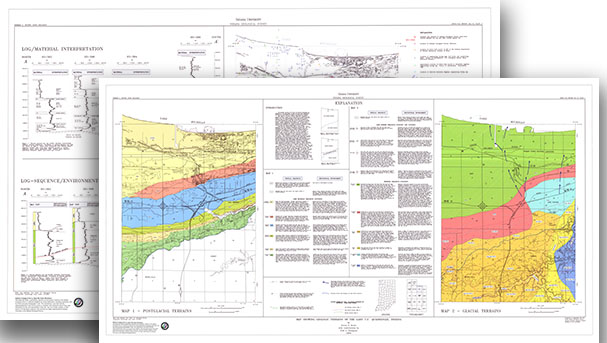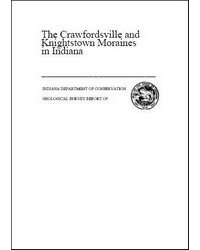ABSTRACT: Lacustrine plains of two distinct ages and origins occur in southern Indiana. One system of lakes of Illinoian age developed as marginal lakes because of the ponding of the southwest drainage by the lobe of Illinoian ice which extended into southwestern Indiana. Another and more extensive system of Wisconsin glacial lakes developed south of the Shelbyville moraine as a result of the ponding of the tributary valleys by the extensive valley trains built down the streams which acted as sluiceways for Wisconsin melt-waters. Lacustrine plains of this origin are extensively developed along the tributaries of the Wabash, Ohio, and White Rivers. The lacustrine deposits are composed of calcareous clays and silts which generally are strongly laminated. Calcareous concretions are particularly abundant in the deposits adjacent to the sluiceways. Sand dunes and loess are associated with the valley trains and lacustrine plains. The dunes are restricted to the sluiceways, but the loess mantles the uplands between the adjacent lacustrine flats.
Thornbury, W. D. 1950, Glacial sluiceways and lacustrine plains of southern Indiana: Indiana Geological Survey Bulletin 04, 21 p., 3 fig., 2 pl.
You may also like:
Keywords: glacial, lacustrine, sluiceway, Quaternary
Can't find what you're looking for? Feel free to contact us directly:
Indiana Geological and Water Survey
1001 E. 10th St.
Bloomington, IN 47405
812-855-7636 (phone)
812-855-2862 (fax)
IGWSinfo@indiana.edu
IGS Return Policy
- Original sales receipt required.
- Returns accepted within 30 days of purchase date.
- Refund will be issued by the same method of payment as purchased.
- Products must be returned in the same new condition as purchased.
- Refunds on custom orders and digital products are NOT allowed.
- Customers are responsible for paying shipping costs to return products.
Updated 8/19/2020



